AB’s CrossFit Gift Guide, Pt 2
MORE STUFF! If you missed out on Pt 1 click here to catch up.
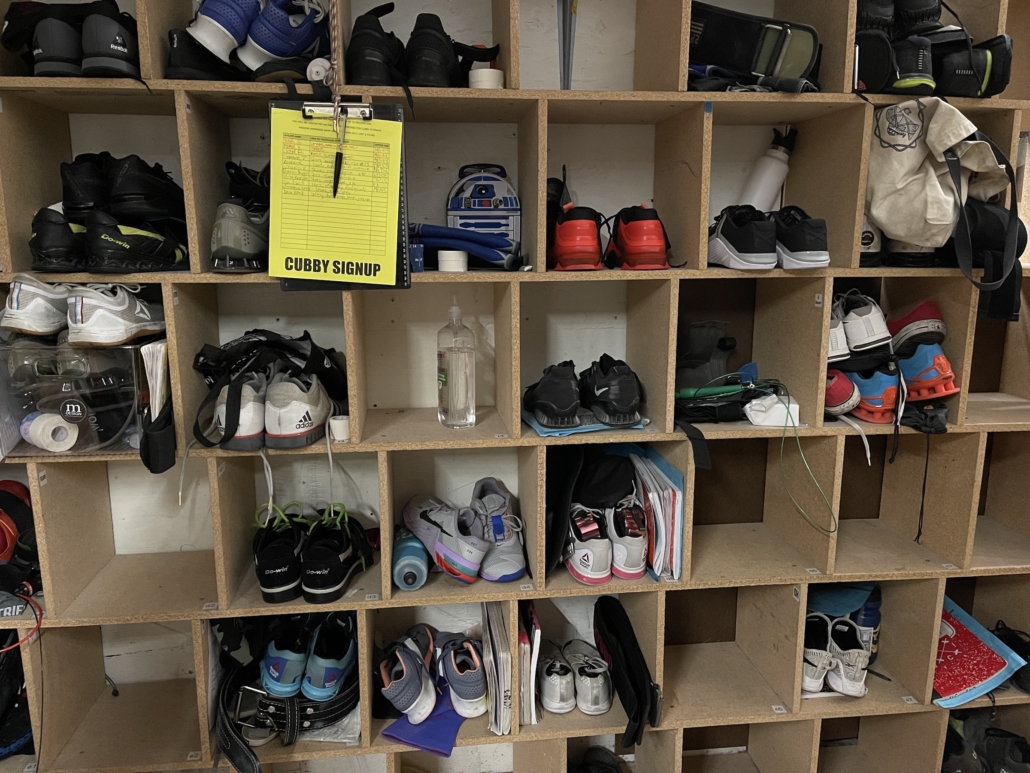
Tons more to talk about here. I should also mention I’ve either a.) had first-hand experience with all of these items, or b.) currently have them in my training bags.
RECOVERY TOOLS, MOBILITY
When training frequently enough you may need some extra help in your recovery and mobility as stretching doesn’t target very acute, specific spots. Using some particular tools may help
Good: Lacrosse ball. Ah, the good ol lacrosse ball. This works great since it’s so dense. If the foam roller represents the masseuse’s forearm, the lax ball would be the thumb. Put it on soft tissue only, and apply enough pressure to make it very uncomfortable, but not painful. You can make tight spots learn how to release with frequent practice.
Other Good: Theracane. The original and the strongest of the bunch- I’d avoid any of the knockoff styles as they aren’t as robust in the materials department. A little more control with the point of contact, and no need to lay down for proper pressure. I keep one in my car for longer rides.
Better: Massage Gun. Here’s something that’s nice, but definitely not necessary. HyperVolts (try the gym’s if you haven’t!), Theraguns, and more are great but they’re not all created equal. Depth, power, and features separate the quality products from the run-of-the-mill knockoffs.
Other Better: Accupressure mat. If you’ve done personal training with me I may have talked about how great an acupressure mat can help. Reflexology is a huge thing in different parts of the world and with most people wearing the same shoes all the time in sedentary lifestyles the foot (our connection to the planet) get all sorts of messed up. This simple mat can help reset muscles and generate blood flow to areas that don’t get a lot, jump starting the healing process we so desperately need. If you suffer from any foot, ankle, calf, or knee issues this doesn’t hurt to try.
Best: a foam roller. Didn’t think you’d see this, huh? You probably already have one sitting in the corner collecting dust. You can use this for general recovery making sure tissues in your legs, glutes, back, and arms never get stiff. The issue for most people is the lack of consistent use. I get on one daily for less than a duration of a song, but I get on it. The slower you can move on it, the better!
There are tons of different brands out there with different firmness levels. If you have questions let us know and we can direct you to the right one. This one is my favorite, but the brand went out of business years ago.
HAND CARE
Specific to how to maintain your hands with all the use they get day in and day out.
Good: WODrod. This is nice because it’s shaped like the objects that gave you the calluses in the first place. Not my personal pick for reasons you’ll read below, but it’s better than nothing.
Better: Stainless Steel rasp. Professional manicurist use these for a reason- people got nasty hands and feet. These take care of those thickened blotches of skin real fast. I say it all the time in the gym, but working hands are the small sacrifice to a stronger body and spirit. That said you have to keep that overuse in check and keep those calluses from getting to big and too thick. Before you know it you’ll rip which sucks because then you’ll hurt, blood might be everywhere, and you’ll have to adjust your training to accommodate your mini-injury.
Best: The Sand Bar. I’ve listed a ton of different items I actually have and use, and adding to the toolbox isn’t necessary. What’s even more unnecessary is having accessories for your accessories- I don’t like the callus removers with 5+ parts and refills and all that. Positive or negative this bar is simple: it’s a bar and it’s got a traction tape-like surface. All the complaints I ever hear about these tools come from people who only use it when the calluses are bad. The idea here is maintaining a formed callus in check. I use/keep this in the shower as the water gets the skin to show and rise better, the water cuts down on the friction, and keeps things clean. Skin dust is gross. Pair callus maintenece with a good hand moisturizer and you’re ready to go.
TAPE
On the topic of hand care we should try to prevent the calluses and tears as best as possible. Adding an extra layer between the equipment and your hands is a good idea.
Good: GoatTape athletic tape. Although this is a “premium” brand of athletic tape it’s harder to rip and almost too sticky comparatively to my Better pick below. If you’re a really sweaty athlete this might be a better choice.
Better: J&J Coach athletic tape. I remember being in High School Sports Medicine and my teacher Mr. Peck would give the each of us in the class about a 1″x1.5″ piece of this athletic tape. The challenge was ripping up this piece into as many pieces as possible. This was because Athletic Training is really just taping ankles and wrists in high school sports. We won a state championship due to our ability to tape ankles well and quickly. This history with the product is why we offer rolls of this in the gym. We can make temporary pullup grips from this too. Great to reinforce wrists and tape thumbs.
Best: Average Broz 1″ stretch thumb tape. This is my absolutely favorite tape I’ve ever used (specifically for weightlifting use). Most rolls come in at 1.5″ wide which works, but isn’t as articulate/comfortable as preferred. Their fix is simply going with 1″ instead and it’s PERFECT. The amount of stretch on this tape, as well as it’s stickiness make me go back to this over and over and over again.
TRAINING SHOES
Since these are so subjective I won’t be rating them, rather I’ll list what I would consider best on the market and explain what would fit best for use. Just like the workout methodology says, “constantly varied” also applies to footwear. Makes your foot stronger, which makes your connect to the ground stronger.
Lifestyle Shoes You Might Already Have: Converse Chuck Taylor, Onitsuka Tiger (Ultimate 81), Adidas Samba, any skate shoe, most boat shoes, Toms. Flat, flat, flat! Your shoes have too much technology and your foot is getting soft like a marshmallow because of it. Imagine trying to workout in snow mittens. That’s what most “training” (see: running) shoes are to our training needs. Get activity-appropriate equipment and feel the difference.
Willing to Spend Money, but I Don’t Want to Scream “CROSSFIT” Wearing Them In Public: Strike Movement Chill Pill, Haze, or Interval. The Chill Pills are some of my favorite shoes ever. I have multiple pairs. Any barefoot brand (including FiveFingers, but my favorite is VIVOBAREFOOT)
I Want the Best: Nike MetCon, Reebok Nano, or NoBull Trainer. In that order. Most of the shoes you’ll see at the highest-level of the competitive side of CrossFit will be one of the three silhouettes listed and for good reason: they’re designed to be the jack of all trades. Flat bottoms for stability, flexible but durable front end of the shoe for running, jumping, burpees, etc, plastic heel clips for HSPU, extra-durability around the arch of the foot for rope climbs, etc. There have been so many revisions in each of these lines (minus NoBull) but really all of them are great.
Okay, that’s it for now. One more post coming soon!

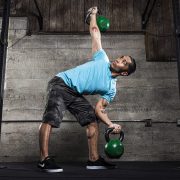
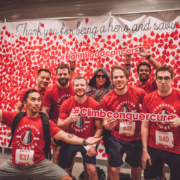
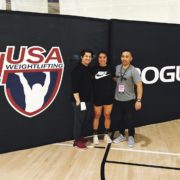
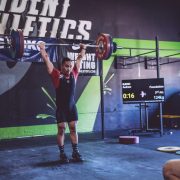
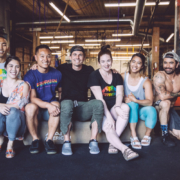
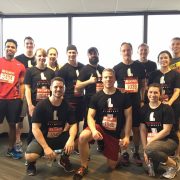
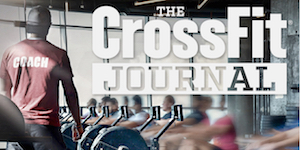
Thank you!